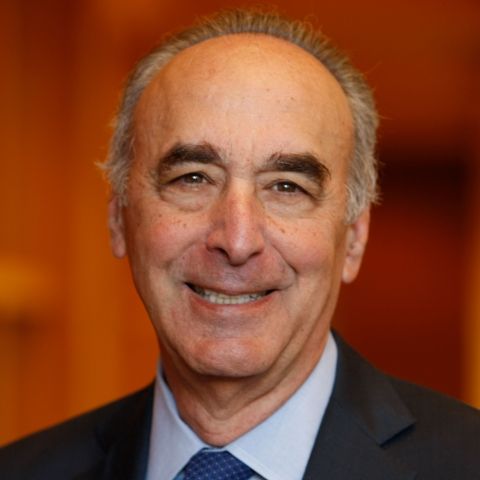

Deports about the "runaway" character of tort liability have Necome a staple of journalistic reporting on the law. The words "tort" and "crisis" now appear together so often in print that they have taken on the character of automatic association, like "bread and butter" or "death and taxes." Needless to say, no problem goes long perceived without generating proposed solutions. The solutions to the problems of tort law are as varied as the legal imagination. They range from replacement of the entire tort liability system with some form of regulatory and compensation mechanism for accidental injuries, to marginal corrections in the system such as limitations on damages and changes in liability standards. Broad, systemic reform proposals have generally foundered. The most noteworthy exception, workers' compensation, has not been emulated outside the confines of the workplace. The effort to develop a similar scheme to replace automobile accident liability in the 1960s and 1970s was both limited in its acceptance and partial in scope even where accepted.I Since the automobile no-fault movement ground to a halt nearly two decades ago, the possibility of systemic overhaul has been entertained by a few academics, 2 but it seems by almost no one else. All the practical reform efforts to address the assorted crises of contemporary tort law now focus on changes within the system.